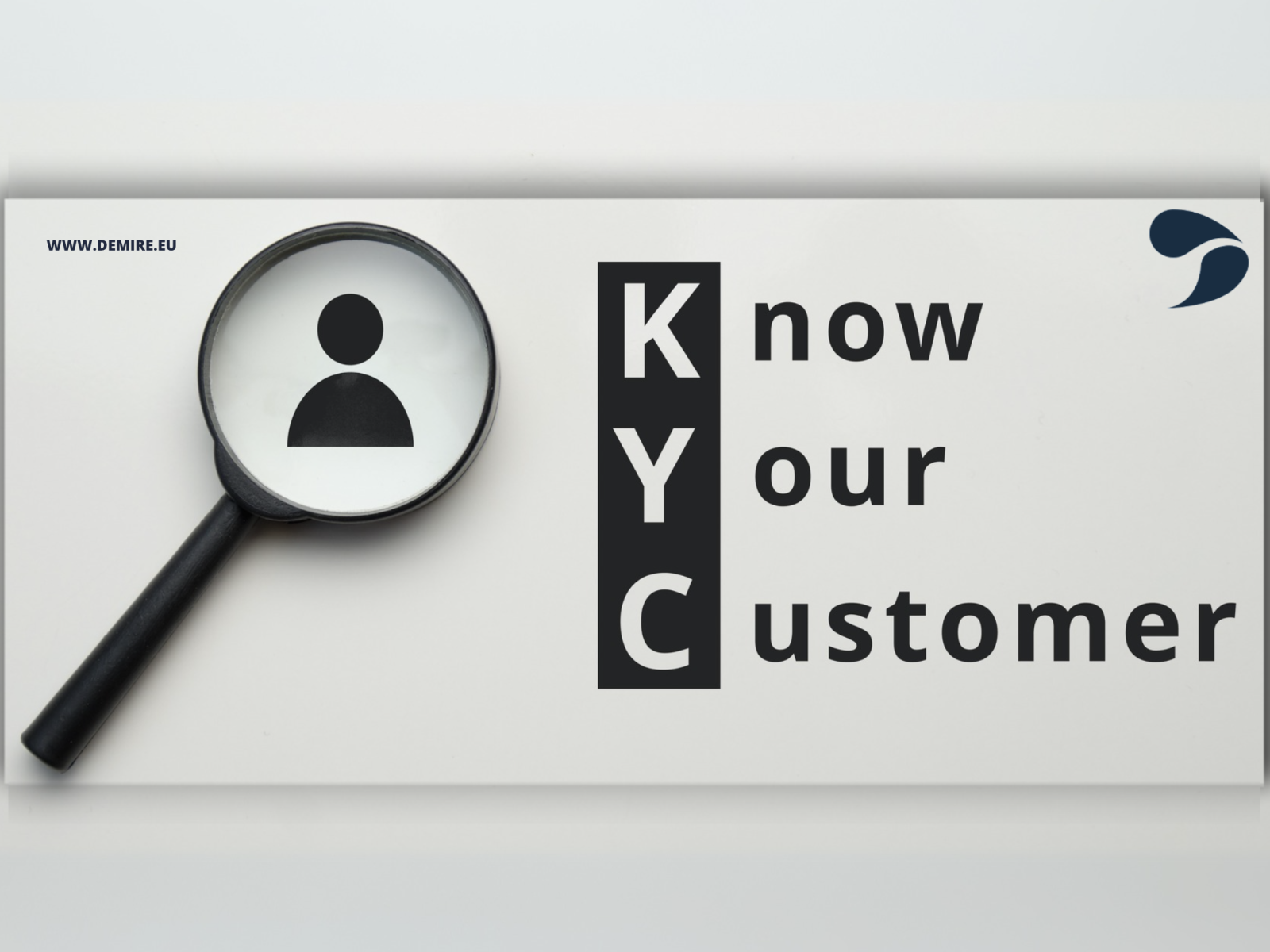What is KYC (Know Your Customer)?
2025 02 05Understanding KYC (Know Your Customer) is essential for businesses operating in regulated sectors, especially financial services. The process involves verifying the identity of clients to assess potential risks and ensure compliance with anti-money laundering (AML) laws and other regulations. Let’s dive into how KYC works and why it is a vital part of today’s business world.
What is KYC and Why is It Important?
KYC (Know Your Customer) refers to the process by which financial institutions and other businesses verify the identity, suitability, and risk level of customers before and during their relationship with them.
KYC isn’t just a legal requirement—it’s a critical tool to help prevent fraud, corruption, money laundering, and terrorist financing. By ensuring businesses know exactly who they’re dealing with, they can avoid engaging in or facilitating criminal activities.
KYC plays a key role in maintaining the integrity of financial systems and enhancing overall trust in business transactions.
Fun Fact: Many international organizations, such as the Financial Action Task Force (FATF), have created global KYC standards that countries and institutions must follow.
What is the Purpose of KYC?
The main goal of KYC is to protect businesses from financial crimes and reputational risks. Without proper KYC checks, companies risk working with clients who may be involved in illegal activities.
Key objectives of KYC include:
Why It Matters: Beyond regulatory fines, poor KYC processes can result in reputational damage, loss of customer trust, and increased exposure to criminal activities.
How Does KYC Work?
KYC procedures typically follow these key steps:
1. Customer Identification Program (CIP)
The first step of KYC is to collect and verify basic customer details, such as:
Financial institutions validate this information through official documents, databases, or third-party verification systems.
➔ Why it’s crucial: Establishes a customer’s true identity and prevents the use of fake or stolen identities.
2. Customer Due Diligence (CDD)
This involves assessing the potential risk of a customer engaging in criminal activities.
➔ Example: A bank may conduct enhanced due diligence on a customer with frequent large international transactions to ensure the legitimacy of their funds.
3. Ongoing Monitoring
KYC doesn’t end after account creation. Continuous monitoring ensures that any changes in customer behavior, such as unusual transactions, are flagged and reviewed.
➔ Why ongoing monitoring matters: Customer risk profiles can evolve over time, and businesses need to adapt to these changes to stay compliant.
Real-Life Example of KYC in Action
Let’s consider an example from the banking industry, where KYC is most commonly applied:
Step 1: A customer opens a new bank account. The bank requests identification documents and proof of address to verify their identity through the Customer Identification Program (CIP).
Step 2: Based on the customer’s profile (income level, occupation, country of residence), the bank assesses their risk level through Customer Due Diligence (CDD).
Step 3: The bank’s system continuously monitors the customer’s transactions. A large, unexpected transfer to an offshore account triggers a suspicious activity report (SAR), which is then investigated by the compliance team.
Other sectors that use KYC:
The Link Between KYC and AML
KYC is a critical component of a broader AML (Anti-Money Laundering) framework. AML focuses on preventing financial crimes, and KYC is one of its most effective tools for identifying and managing risk early in the customer relationship.
How KYC supports AML:
Pro Tip: Companies that fail to implement strong KYC processes often face heavy fines, legal sanctions, and reputational damage.
Emerging KYC Trends and Technologies
KYC processes are constantly evolving, driven by advances in technology and emerging threats. Here are some innovations making KYC more efficient and effective:
Did You Know? Some companies now use AI-driven chatbots to conduct initial KYC interviews and collect customer data.
The Risks of Poor KYC Implementation
Without robust KYC measures, businesses face numerous risks:
Example: In one high-profile case, a major global bank was fined millions for failing to properly vet clients, leading to money laundering activities being conducted through their accounts.
Final Thoughts: Why KYC is Non-Negotiable
KYC is more than a legal requirement—it’s a proactive defense mechanism against financial crime. Businesses must implement robust KYC processes, leveraging modern technologies and staying updated with regulatory changes to protect themselves and their clients.
Businesses should regularly audit and update their KYC systems to keep up with evolving risks. If you’re unsure where to start, consider consulting compliance experts or exploring AI-powered solutions to streamline the process.

